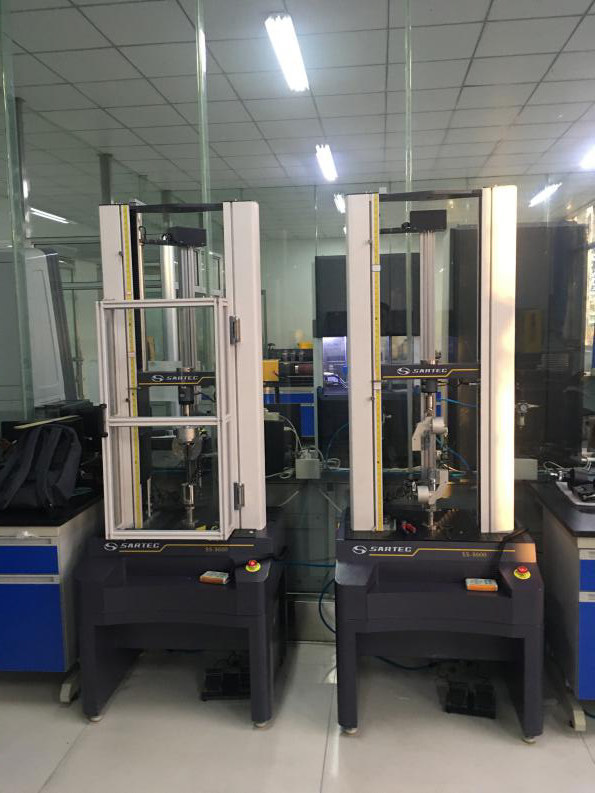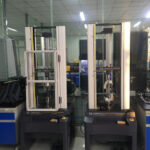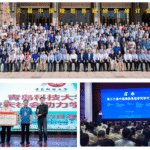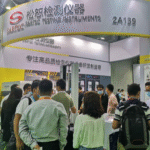Understanding the Basics of Universal Testing Machines

Universal Testing Machines (UTMs) are essential in the world of material testing. They help determine the mechanical properties of various materials. These machines are versatile, performing tests like tensile, compression, and bending. Engineers and scientists rely on UTMs for accurate data. Understanding UTMs is crucial for quality control and product development. They ensure materials meet industry standards and perform as expected. With advancements in technology, UTMs have become more precise and efficient. They are indispensable tools in many industries, from aerospace to construction. This guide will explore the basics of UTMs, their components, and their applications. What is a Universal Testing Machine (UTM)? A Universal Testing Machine (UTM) is a critical device used in material testing. It tests the mechanical properties of different materials under various conditions. UTMs are versatile and capable of performing several types of tests. This includes tensile, compression, and bending tests, allowing for comprehensive material analysis. The core purpose of a UTM is to apply controlled force to a material sample. It measures this force and the material’s response in terms of deformation. Key Functions of a UTM: Applying controlled forces Measuring force and deformation Evaluating mechanical properties These machines are crucial for industries aiming to ensure product quality and reliability. Key Components of a UTM Understanding the key components of a Universal Testing Machine (UTM) is essential. Each part plays a crucial role in the machine’s operation. The main components include the load frame, load cell, crosshead, and various test fixtures. These parts work together to ensure accurate testing. UTMs have a load frame that provides structural support during tests. The load cell measures the forces applied, while the crosshead applies tension or compression. Various grips, fixtures, and extensometers hold the specimen in place and measure elongation. Together, these elements ensure precise results. Key Components of a UTM: Load Frame Load Cell Crosshead Grips, Fixtures, and Extensometers These components are essential for the effective functioning of a UTM. Load Frame The load frame is the backbone of a UTM. It provides structural support and stability during tests. This robust structure holds the test specimen and all testing components securely. Its design ensures accurate and reliable results. Load Cell In a UTM, the load cell is vital for measuring applied force. It converts force into a measurable signal. Load cells guarantee precision by offering accurate force measurements throughout the testing process. This ensures consistent results. Crosshead and Actuator The crosshead and actuator are central to applying force in UTMs. They move to apply tension or compression. By adjusting the position of the crosshead, UTMs control the testing environment. This setup is crucial for reliable testing. Grips, Fixtures, and Extensometers Grips and fixtures secure the test specimen in place. They ensure stability and accuracy during testing procedures. Extensometers measure the elongation of materials as force is applied. They provide valuable data on material deformation. Types of Grips and Fixtures: Mechanical grips Pneumatic grips…



